Why Your Sketchbook Can Be a Safe Space
A sketchbook is more than a creative outlet—it’s a sanctuary for mindfulness, reflection, and imagination. In a world that often feels loud and fast, sketching provides a gentle pause. Whether you’re doodling, journaling, or practicing hand lettering, your sketchbook becomes a calming space where creativity and tranquility blend seamlessly.
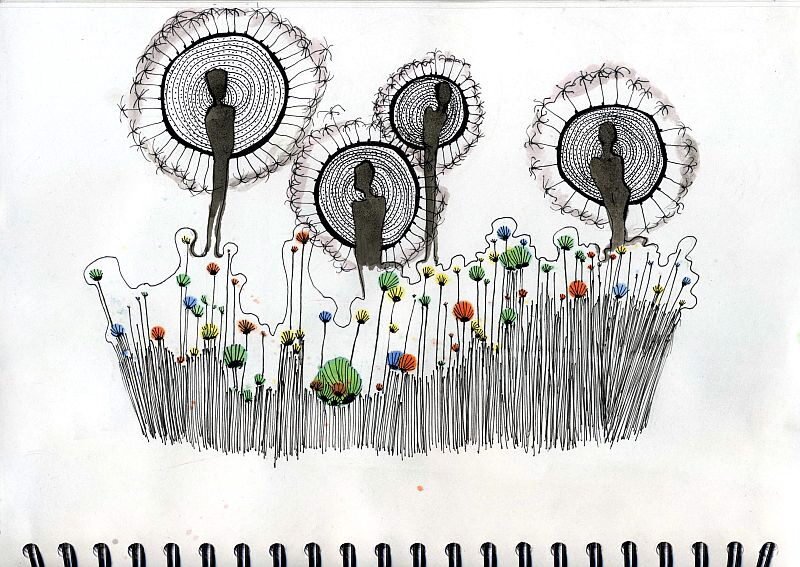
credit: ANIAPAWLIK
Sketchbooks are private by nature. You control what goes in, who sees it, and how it’s used. There’s no judgment, no performance pressure—just the rhythm of your hand and the unfolding of your thoughts.
- Encourages self-expression without censorship
- Creates visual reminders of peace and growth
- Offers space to recharge emotional energy
This makes the sketchbook ideal not just for artists, but for anyone seeking clarity or emotional release.
The Therapeutic Benefits of Sketching
Art as Medicine for the Mind
Sketching isn’t just a creative outlet—it’s a form of emotional self-care. The act of putting pencil to paper engages the brain in a focused yet relaxed way, helping to quiet mental noise and restore balance. Whether you’re doodling freely or working through a visual idea, sketching offers a gentle rhythm that calms the nervous system and reconnects you with the present moment.
Those few minutes spent sketching daily are not just creative—they’re medicinal. They offer a space to breathe, reflect, and reset.
Stimulates Right-Brain Creativity and Flow States
Tap Into Intuition and Imagination
Sketching activates the brain’s right hemisphere, which governs creativity, spatial awareness, and nonverbal expression. This stimulation:
- Encourages intuitive thinking and visual problem-solving
- Helps you enter a “flow state” where time and stress fade away
- Supports emotional processing through symbolic and abstract forms
Flow states are deeply restorative—and sketching is one of the simplest ways to access them.
Encourages Present-Moment Awareness
Draw to Ground Yourself
The act of sketching draws your attention to line, shape, and texture—anchoring you in the now. This mindfulness practice:
- Reduces anxiety by shifting focus away from rumination
- Builds sensory awareness and emotional regulation
- Creates a safe space for quiet reflection
Sketching becomes a meditative ritual, helping you stay connected to your body and breath.
Acts as a Visual Journal to Record Moods and Reflections
Let Your Emotions Leave a Mark
Your sketchbook can be a mirror—reflecting your inner world through color, gesture, and form. It allows you to:
- Chronicle your emotional landscape without words
- Track patterns in mood, energy, or thought
- Preserve fleeting moments of insight or inspiration
Over time, your sketchbook becomes a visual memoir—one that honors both your creativity and your healing.
Setting Up Your Sketchbook Sanctuary
Make Space for Stillness and Creativity
Sketching becomes more than a habit when you treat it as a ritual. By creating a dedicated space and intentional atmosphere, you invite your mind to slow down, your body to relax, and your creativity to flow. This isn’t just about where you sit—it’s about how you arrive. A sketchbook sanctuary is a gentle invitation to reconnect with yourself through quiet, tactile expression.
Whether you sketch for therapy, exploration, or daily reflection, your environment can help you transition from distraction to presence.
Choose a Quiet Corner with Natural Light
Let Light and Silence Support You
Find a space that feels peaceful—by a window, in a cozy nook, or even at a cleared table. Natural light helps regulate mood and focus, while quiet surroundings reduce sensory overload.
- Position yourself near sunlight to boost clarity and calm
- Minimize visual clutter to keep your attention on the page
- Use soft cushions or blankets to make the space feel welcoming
Your sketching spot should feel like a gentle pause in your day.
Keep Tools You Enjoy
Build a Toolkit That Sparks Joy
Surround yourself with materials that feel good to use. Whether it’s the glide of a brush pen or the smudge of soft pastel, your tools should invite touch and play.
- Graphite for subtle shading and meditative mark-making
- Fineliners for crisp, confident lines
- Brush pens for expressive flow and variation
- Soft pastels for color-rich, tactile exploration
Choose tools that match your mood, not just your medium.
Create a Calming Ritual
Signal Your Brain to Slow Down
Rituals help you transition into creative space. They tell your nervous system: it’s okay to rest here. Try:
- Lighting a candle or incense to mark the beginning
- Playing soft music or ambient sounds to soothe the mind
- Sipping herbal tea or warm water to ground the body
These small gestures create rhythm and intention—turning your sketchbook into a sanctuary, not just a surface.
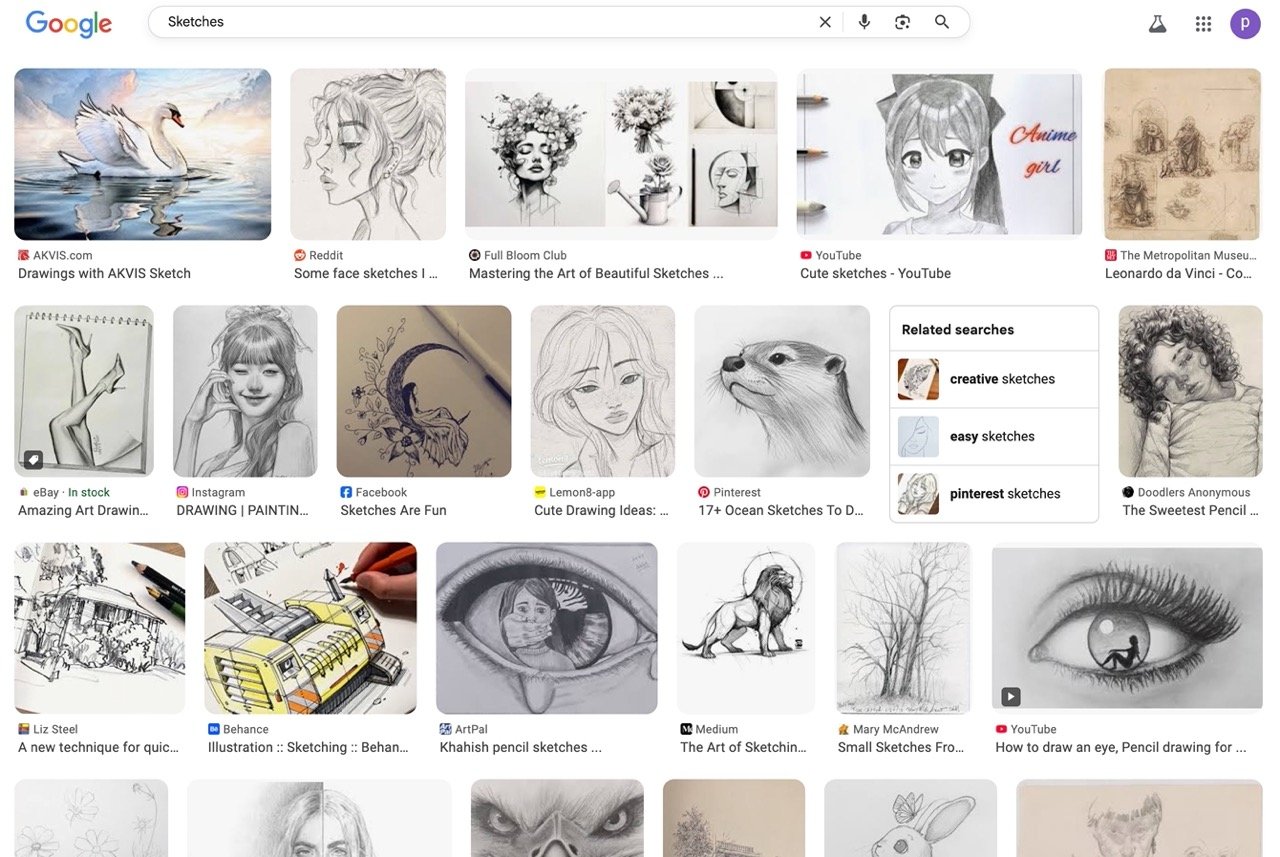
GOOGLE IMAGES
Therapeutic Sketch Examples
Visuals are key to understanding. We created a Google Image search for "Therapeutic Sketch Examples" to provide you with additional context and inspiring examples.
What to Sketch When You’re Seeking Calm
Draw for Emotion, Not Outcome
When your goal is calm, your sketchbook becomes a sanctuary—not a stage. You don’t need a masterpiece. You need a moment of connection. Sketching for emotional release rather than technical achievement allows you to slow down, breathe, and let your hand move without judgment. These gentle prompts are designed to soothe, center, and restore.
Let your lines reflect your breath, your surroundings, or your memories. Let the page hold space for quiet.
Repeating Patterns
Find Rhythm in Simplicity
Patterns like waves, leaves, spirals, or dots offer a meditative rhythm. Repetition calms the nervous system and gives your hand something familiar to follow.
- Draw rows of gentle curves or loops
- Fill a page with leaf shapes or concentric circles
- Let the pattern evolve naturally, without planning
This kind of sketching is tactile mindfulness—each mark a breath, each repetition a heartbeat.
Abstract Line Flows
Mirror Your Breathing
Let your pen move in sync with your breath. Draw slow, flowing lines that rise and fall like inhales and exhales. This practice:
- Encourages present-moment awareness
- Helps regulate breathing and reduce anxiety
- Creates organic, calming compositions
You’re not drawing an object—you’re drawing a feeling.
Everyday Objects
See the Familiar with Fresh Eyes
Sketch something within arm’s reach—a mug, a plant, a pair of glasses. Focus on care, not accuracy. This kind of drawing:
- Grounds you in your environment
- Builds appreciation for small details
- Offers a sense of control and comfort
Let the act of observation become a quiet ritual.
Calm Scenes from Memory
Revisit Peaceful Moments
Draw a place that made you feel safe—your childhood bedroom, a quiet forest trail, a favorite vacation. Memory sketching:
- Centers your mind in positive emotional space
- Helps you reconnect with joy, rest, or nostalgia
- Allows you to express mood through color and form
You’re not recreating the scene—you’re reliving the feeling.
Using Sketchbooks for Mindfulness Practice
A Visual Companion to Breath and Awareness
Your sketchbook can be more than a creative outlet—it can become a mindfulness tool. When paired with breathwork, meditation, or light journaling, sketching offers a tactile way to anchor your attention, express emotion, and track inner shifts. These practices don’t require artistic skill—just presence. They turn your sketchbook into a living record of personal growth, emotional regulation, and self-awareness.
This is art as reflection, not performance.
Draw Your Breath as a Visual Rhythm
Translate Inhales and Exhales into Line
Let your pen move in sync with your breath. Each inhale might be a rising curve, each exhale a descending loop. This rhythmic drawing:
- Encourages slow, intentional breathing
- Builds awareness of internal pacing
- Creates calming, abstract compositions
You’re not drawing objects—you’re drawing presence.
Write Short Affirmations Alongside Your Sketches
Pair Words with Visual Anchors
Affirmations can reinforce emotional grounding. Try writing a few words next to your sketches—simple phrases like:
- “I am safe.”
- “This moment is enough.”
- “I trust the process.”
These gentle reminders help reframe your mindset and deepen the emotional resonance of your page.
Record Moods and Shifts in Energy Using Color Palettes
Let Color Speak for You
Use color to reflect how you feel—without needing to explain. Choose hues intuitively:
- Warm tones for energy or joy
- Cool tones for calm or introspection
- Muted shades for fatigue or quiet
Over time, your sketchbook becomes a visual diary of emotional patterns and healing moments.
Here’s your expanded section, formatted with one H2 heading followed by H3 and H4 structure—consistent with your modular guide style and enriched with emotional nuance and practical clarity:
Creative Prompts for Centered Sketching
Gentle Invitations to Begin
When your mind feels scattered or your sketchbook feels intimidating, prompts can offer a soft entry point. These calming ideas aren’t about performance—they’re about presence. Prompt-based sketching helps bypass overthinking and unlock intuitive imagery. It gives your hand something to follow while your thoughts settle, making space for emotion, rhythm, and quiet reflection.
You don’t need a masterpiece. You need a moment.
“Draw Your Comfort Zone”
Visualize Safety and Belonging
Sketch what makes you feel safe—whether it’s a cozy room, a favorite object, or an imagined sanctuary. This prompt:
- Grounds you in emotional familiarity
- Encourages self-reflection through visual metaphor
- Can be abstract or literal, depending on your mood
Let your comfort zone take shape in lines, textures, or symbols.
“Sketch the Feeling of Quiet”
Translate Stillness into Form
Instead of drawing a quiet place, draw the feeling of quiet. Use soft lines, gentle repetition, or muted shapes to express calm.
- Explore negative space and minimalism
- Use slow, deliberate strokes to mirror stillness
- Let the page breathe—don’t rush to fill it
This prompt invites you to listen to silence and respond visually.
“Use Only Curved Lines for Five Minutes”
Flow Without Friction
Restricting yourself to curved lines encourages fluidity and rhythm. It’s a way to:
- Loosen your grip on control
- Focus on motion rather than outcome
- Create organic, soothing compositions
Set a timer and let your hand wander—loop, arc, spiral, repeat.
“Fill a Page with Textures That Soothe You”
Draw What Feels Good to Touch
Think of textures that calm you—soft fabric, rippling water, smooth stones—and recreate them visually. This prompt:
- Engages sensory memory
- Encourages mark-making exploration
- Helps you connect emotion to surface
You’re not just drawing—you’re feeling through the page.
Letting Go of Perfection
Make Space for the Messy, the Honest, the Real
In your sketchbook sanctuary, imperfections are not flaws—they’re evidence. Smudges, awkward proportions, incomplete drawings, and stray marks all speak to your presence on the page. They show that you showed up, that you tried, that you felt something. Letting go of perfection means embracing the process over the product. It’s a shift from performance to authenticity.
A sketchbook filled with soul—even if it’s messy—is infinitely more valuable than one filled with polished pages that hide your truth.
Embrace Messy Lines as Reflections of Your Moment
Let the Marks Mirror Your Mood
Messy lines aren’t mistakes—they’re emotional signatures. They reflect your energy, your pace, your state of mind. When you allow them to exist without correction:
- You honor your experience in real time
- You build trust in your instincts
- You create drawings that feel alive
Let the line wobble. Let it wander. Let it be yours.
Avoid Erasing—Layer Instead
Build Depth Through Acceptance
Rather than erasing what feels “wrong,” try layering over it. Add new lines, textures, or colors. This approach:
- Reinforces the idea that mistakes are part of growth
- Adds visual richness and complexity
- Encourages adaptive thinking and creative problem-solving
Your sketchbook becomes a record of evolution, not erasure.
Accept That Each Page Is a Chapter, Not the Whole Story
Let the Journey Unfold
No single page defines your practice. Each one is a snapshot—a moment in motion. When you release the pressure to make every drawing “good,” you:
- Free yourself to experiment
- Reduce fear of failure
- Build a body of work that reflects your full creative arc
Your sketchbook is a living document. Let it breathe.
Building a Daily Sketchbook Habit
Sketching as Ritual, Not Routine
Sketching daily isn’t about discipline—it’s about devotion. A few minutes each day can transform your sketchbook from a sporadic outlet into a steady companion. The act of returning to the page builds rhythm, reliability, and emotional grounding. Over time, this habit intertwines creativity with self-care, offering a gentle structure that supports both expression and healing.
You don’t need hours. You need presence—five minutes at a time.
Morning Sketching Brings Focus
Begin the Day with Intention
Sketching in the morning helps you transition from sleep to wakefulness with clarity and calm. It’s a way to:
- Set emotional tone before external noise enters
- Channel dreams, thoughts, or intentions into visual form
- Build momentum for creative or mindful tasks ahead
Think of it as a visual stretch—loosening your mind before the day begins.
Evening Sketching Invites Reflection
Wind Down with Gentle Expression
Sketching at night offers closure. It helps you process the day, release tension, and settle into rest. Evening sessions:
- Encourage emotional digestion and self-awareness
- Provide a quiet space for gratitude or release
- Help shift from screen time to tactile engagement
Let your sketchbook become a soft landing before sleep.
Create Themed Days
Add Playfulness and Structure
Assigning themes to specific days adds variety and anticipation. Try:
- Texture Tuesday – explore tactile mark-making
- Muted Mood Friday – sketch with limited palettes or soft tones
- Symbolic Sunday – draw personal icons or visual metaphors
- Wavy Wednesday – use only curved lines or fluid shapes
Themes reduce decision fatigue and spark fresh ideas.
Repetition Builds Muscle Memory and Mental Calm
Let Practice Become Peace
The more often you sketch, the more natural it becomes. Repetition:
- Strengthens hand-eye coordination and visual fluency
- Builds emotional resilience through routine
- Deepens your relationship with your creative voice
Each page becomes a breath in a longer rhythm—one that supports your well-being.
The Quiet Joy of Daily Accomplishment
Sketchbooks as Evidence of Growth
There’s a unique satisfaction that comes from filling a sketchbook page each day. It’s not loud or performative—it’s quiet, personal, and deeply affirming. Each mark is a footprint. Each page is a timestamp. Over time, your sketchbook becomes a visual archive of your persistence, your moods, your curiosity, and your creative evolution.
This daily practice builds more than skill—it builds momentum. And that momentum becomes motivation.
Look Back and See Your Progress
Let Your Pages Tell the Story
One of the most powerful aspects of a sketchbook habit is the ability to look back. Flip through your pages and you’ll see:
- Shifts in style, mood, and confidence
- Recurring themes or visual metaphors
- Evidence of resilience, even on hard days
Your sketchbook becomes a mirror—not of perfection, but of presence.
Feel the Satisfaction of Showing Up
Completion as a Form of Care
Even a five-minute sketch is a small triumph. It says: I made time for myself today. That sense of accomplishment:
- Reinforces your creative identity
- Builds emotional momentum
- Encourages consistency without pressure
You’re not just making art—you’re making space for yourself.
Let Your Past Work Inspire Your Future
Use Yesterday’s Marks to Fuel Tomorrow’s
When you feel stuck or uninspired, revisit your sketchbook. You’ll find:
- Ideas worth revisiting or expanding
- Visual reminders of your capacity to create
- Emotional anchors that reconnect you to your “why”
Your past pages are proof that you can keep going—and that you already have.

Sketchbooks.org | ON LOCATION
Tips for Finding Your Ideal Sketching Spot
Everyday Moments to Sketch A Shady Spot in the Park: Find a bench under a tree or a secluded corner where you can observe the world without interruption. Sketch people jogging, pets playing, or the...
Frequently Asked Questions
How does sketching promote mental calm?
It focuses your attention, slows your thoughts, and creates a meditative rhythm through movement.
What’s the best time of day to sketch for mindfulness?
Early mornings or quiet evenings tend to support introspection and calm energy.
Do I need artistic talent to use a sketchbook as sanctuary?
Not at all—intent and emotion matter more than technique or results.
Can I combine writing and sketching?
Yes—many people blend visual journaling with short reflections or affirmations.
What tools work best for calming sketch sessions?
Soft pencils, fine liners, and muted watercolor palettes often promote a relaxing aesthetic.
Should I follow sketching prompts?
Prompts can help guide your focus and relieve pressure by giving you a gentle starting point.
How do I handle creative blocks?
Allow yourself to draw freely without expectations—doodles and textures can be great starters.
Can color choices impact mood?
Absolutely—cool tones like blues and greens tend to soothe, while warm colors energize.
Final Thoughts
Your sketchbook can be a sanctuary—offering calm amid chaos, expression amid confusion, and creativity amid routine. It’s a space where perfection fades, and presence blooms. Whether you’re filling pages with lines or leaving them half-drawn, what matters is that you showed up. In those quiet moments, sketching becomes not just art, but care. Let your pages hold your peace.
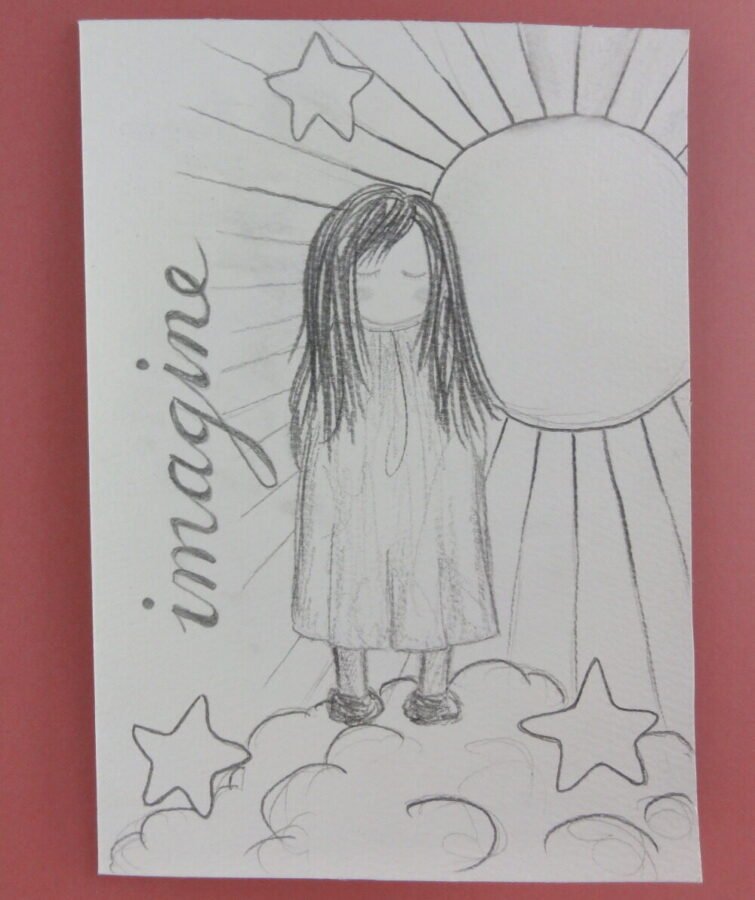
credit: IWILLFLY
Ready to Share Your Work?


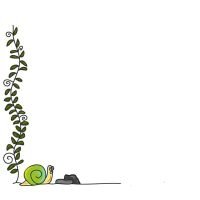
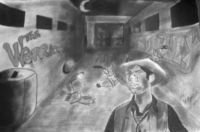
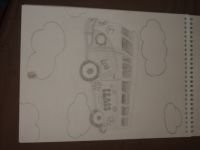
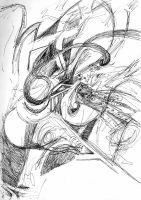
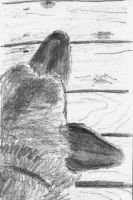
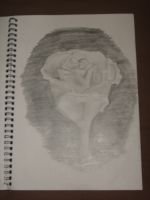


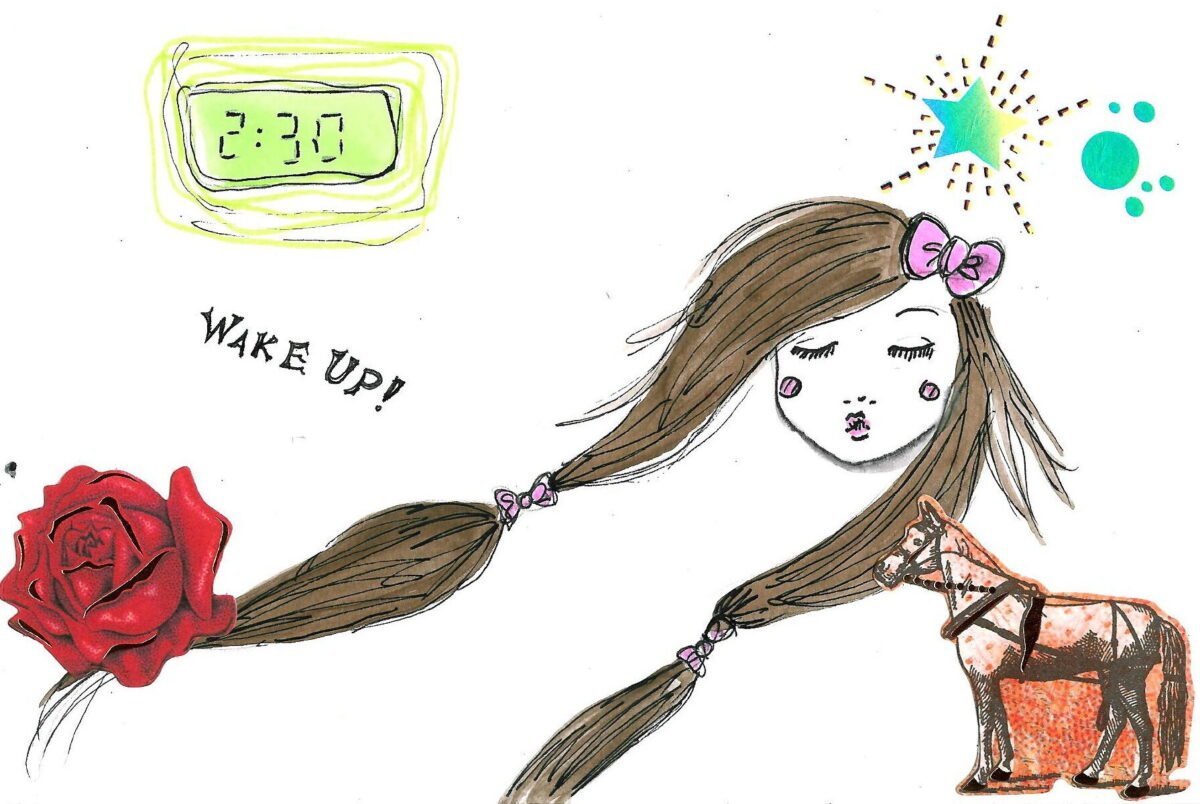
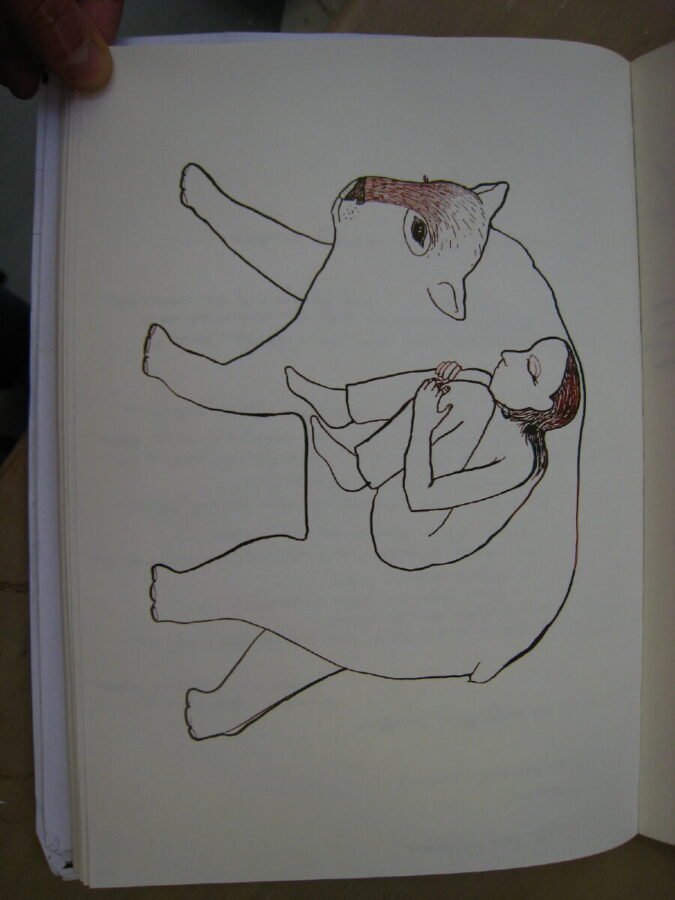


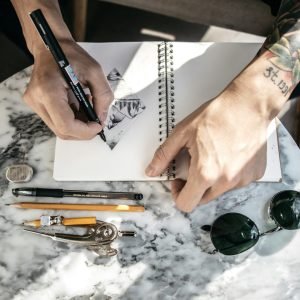

Me encantó cómo describes el cuaderno como un refugio. Así se siente exactamente cuando dibujo en silencio.
Så inspirerende! Jeg elsker ideen om at skitse sin vejrtrækning—det lyder næsten meditativt.
La conexión entre arte y bienestar está tan bien expresada aquí. Tus palabras me dieron ganas de llenar páginas con calma.